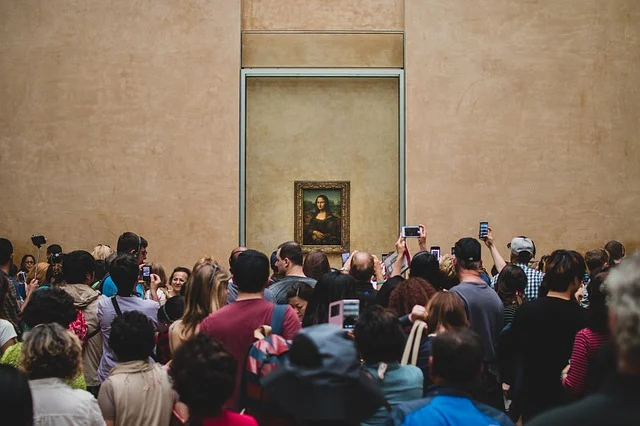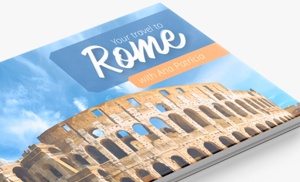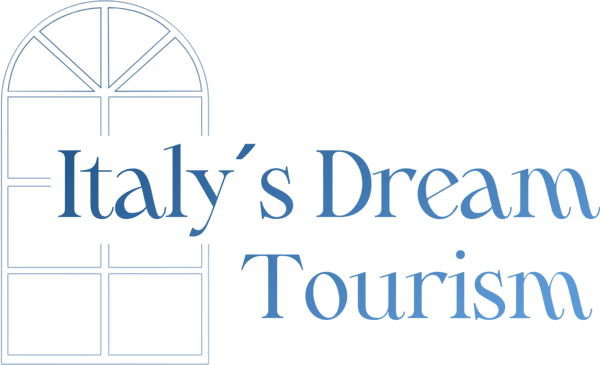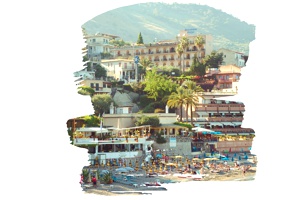The life of Leonardo da Vinci
Master, genius, unique! Many adjectives can define Leonardo da Vinci accurately, but any one of them always seems to fall short when talking about this brilliant mind. Today we are going to learn more about the life and magnificent story of Leonardo da Vinci.Stay with us and make the most of boot country! Here atItalys’ Dream Tourismwe can make the trip of your dreams come true!! Also check out our Accommodation in Italy – Tips for your Vacations Section!
Let’s get to know the life of Leonardo da Vinci!
On April 15, 1452, in Anchiano, in the region of Tuscany, a little boy was born who had no idea that he would change the world in a significant way! Between Empoli and Pistoia, on a Saturday, Leonardo di Ser Piero d’Antonio came into the world; Leonardo was the eldest son, born of an illegitimate relationship between his father, the 24-year-old notary Piero, and Caterina, a woman of modest origins. The news of Leonardo’s birth was noted by his grandfather Antonio, Piero’s father and also a notary. In an old notarial book from the fourteenth century, which was used as a diary of family “memories”, we find the following excerpt: “My grandson was born, son of ser Piero, my son, on Saturday, April 15, at 3 a.m. (according to the Gregorian calendar, April 23, at 9:40 p.m.). He was given the name Leonardo.”
His baptism in the Church of Santa Croce
In the record, however, there is no exact place of birth: it is believed that Leonardo was born on a farm in Anchiano, where his mother lived. He was baptized in the parish church of Santa Croce. For Caterina, the situation became delicate as she was looking for a husband who would accept her ‘committed’ situation. Remember that it is 1453, and, at that time, it was taboo for a woman to be a single mother. Caterina then met a peasant from Campo Zeppi, near the village of Vinci; he was Piero del Vacca da Vinci. Meanwhile, as early as 1452, his father Piero had married Albiera di Giovanni Amadori. However, his father remarried three more times, and Leonardo had at least 16 half-siblings. When Leonardo’s grandfather died in 1466, the family moved to Florence and it was there that the magic began!
His Adolescence
At the age of 16, he became an apprentice to the Florentine painter and sculptor Andrea del Verrocchio, in the same place where Filippino Lippi and other important painters of the region worked. In 1478, Leonardo da Vinci received a commission to execute an altar panel for the Chapel of St. Bernard in the Lordship’s Palace. In 1481, he was commissioned to paint a panel for the church of the friars of San Donatus in Scopeto, near Florence, but the “Adoration of the Magi” remained unfinished. Between January 1474 and the autumn of 1478, there are no known works by Leonardo. There are those who say that he would have taken a sabbatical and studied other areas to improve himself, but there is no record of any study done during this period that bears da Vinci’s signature.
His move to Milan…
At the age of 30, in 1482, da Vinci moved to Milan and offered his services to Ludovico Sforza, Duke of Milan. Once there, he introduced himself as an engineer, architect and painter. In 1495, Leonardo da Vinci began the work “The Last Supper”, a fresco of enormous dimensions: 9 meters wide, 4 meters high, and 20 meters high, on the wall of the refectory of the Convent of Santa Maria dele Grazie, in Milan. It took three years of work, and he constantly erased and restarted what he believes is not perfect. The order was placed by Ludovico. For the duke, Leonardo also provided services as an architect and engineer. It is also from this time that one of Leonardo’s most notable works emerged: The Vitruvian Man.

His return to Florence and move to Venice
Leonardo remained in Milan until 1499 and had been asked to design the city’s cathedral, but eventually designed and built the city’s network of water canals and a vast irrigation and supply system. He was responsible for the complete project of the urbanization of the city, and that same year, when the French invaded the city, Leonardo returned to Florence. From there, he went to Venice, where he studied the defensive system of the city that was being threatened by the Turks. There he also studied anatomy and was accused of disrespecting the dead by dissecting corpses, which was considered a crime at the time, as well as being an act seen as a sin by the church. His studies were recorded in detail of human anatomy in the book “Treatise on Anatomy”. Back in Florence, he received the title of Military Engineer and accompanied Cesare Borgia in the wars.
We have reached da Vinci’s ‘golden year’: 1503
In 1503, it was when he started the painting “Gioconda”, popularly known as the Mona Lisa. Some say that the portrait was commissioned by Francesco del Giocondo, a wealthy Florentine, who asked Leonardo to make a portrait of his wife. He completed the painting only in 1507. The painting became his masterpiece. He painted the picture using the sfumato technique. With this method of painting, Leonardo presents soft gradients in the tones, which makes it possible to impeccably recreate the texture of human skin. The painting is now in the Louvre Museum in Paris. Read also What to do in a Week in Tuscany!

His journey in Rome and France
Leonardo went to Rome, where he stayed between 1513 and 1516, and was protected by the brother of Pope Leo X. During this period, he worked for Julian de’ Medici and painted “Saint John the Baptist,” probably his last work. When Julian died, da Vinci left Italy for good and moved to the Château de Cloux in Amboise, France. There he took his manuscripts, hundreds of drawings, and three paintings, all made to order, but none of them delivered.
His death
Leonardo da Vinci died at the Château de Cloux, Amboise, France, on 2 May 1519 and was buried in the convent of the Church of Saint Florentin in Amboise.
A little more about this genius
Leonardo did not know that he would be one of the most admired names in humanity. His genius is indisputable. With a brilliant mind, unique in the world, da Vinci left us as a legacy much more than works of art, he offered us, even without knowing it: projects, ideas, sketches, and so many others. His genius mind transformed the world! As a great scholar and lover of reading, da Vinci studied various subjects with diligence and dedication.
He had a mind far ahead of his time…
He was a visionary man, passionate about ideas, art, and everything that involved knowledge. Among so many inventions, or sketches so that they could be created later, Leonardo idealized the concept of the parachute, the armored tank, the ball bearing, the machine gun, the diving suit, and so many other fantastic inventions. Leonardo was also the target of protests and was denounced on suspicion of homosexuality and for defending Catholicism, but Leonardo’s importance to the world is greater than any controversy.
Watch this video to find out: For which Monuments should you should buy tickets in advance?
Subscribe to our channel and receive more video tips about Italy. Don’t forget to give this video a thumbs-up! 😉
TRAVEL TO ROME!

“Your Travel to Rome” is the quintessential e-book for your travel to one of the finest tourist destinations on the planet!
LEARN MORE
Conclusion
The life of Leonardo da Vinci – Italy is the cradle of incredible minds and unique names, who contributed to changing the entire history of humanity, and one of them, without a doubt, is the name of Leonardo da Vinci: master, genius, unique!
Do you feel unsafe traveling?
If you need help organizing your trip, do not hesitate to contact me! I’d love to help you make your dream trip to Italy.
Did my post help you, or do you still have questions? Leave your comment below, and I’ll get back to you!

 PLACES TO STAY IN ITALY
PLACES TO STAY IN ITALY